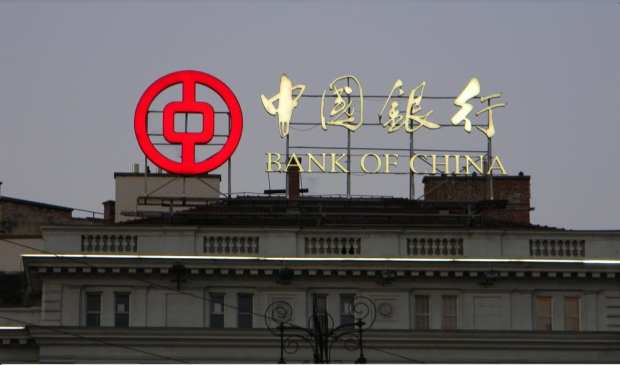Chinese Banks Reined In Lending In February

Banks in China reined in lending in February coming off a record high at the start of 2019, reported The Wall Street Journal.
The report, citing data released Sunday (March 10), said banks in China issued 885.8 billion yuan ($131.8 billion) in new loans in February, down from 3.23 trillion yuan in January. It was lower than what economists where expecting, reported The Wall Street Journal, citing the People’s Bank of China’s data. The report noted that newly extended loans issued in February were below the 900 billion yuan economists polled by the paper forecasted.
The People’s Bank of China said that social financing, which measures the credit in the economy, was at 703 billion in February. That is lower by 4.64 trillion yuan when compared to January. The country’s broadest measure of money supply, known as M2, increased 8 percent in the waning days of February compared with a year ago. It was lower than the 8.4 percent increase at the end of January, noted the WSJ.
With China’s economy slowing and the country embroiled in a protracted trade war with the U.S., the government has been looking at measures to get banks to lend more. In late December the central bank in China announced a new policy in which the country will launch a targeted medium-term lending facility in an effort to provide a “long-term stable source of funding for financial institutions based on the growth of their loans for small and private firms.” The program is open to big commercial banks, joint stock banks and city commercial banks that show support for the economy and meet macro-prudential requirements. The targeted medium-term lending facility (TMLF) will have a maturity of one year, but banks will be able to extend it for two more years. The interest on the one-year TMLF is 3.15 percent, which is 15 basis points lower than the interest rate on the medium-term lending facility.
